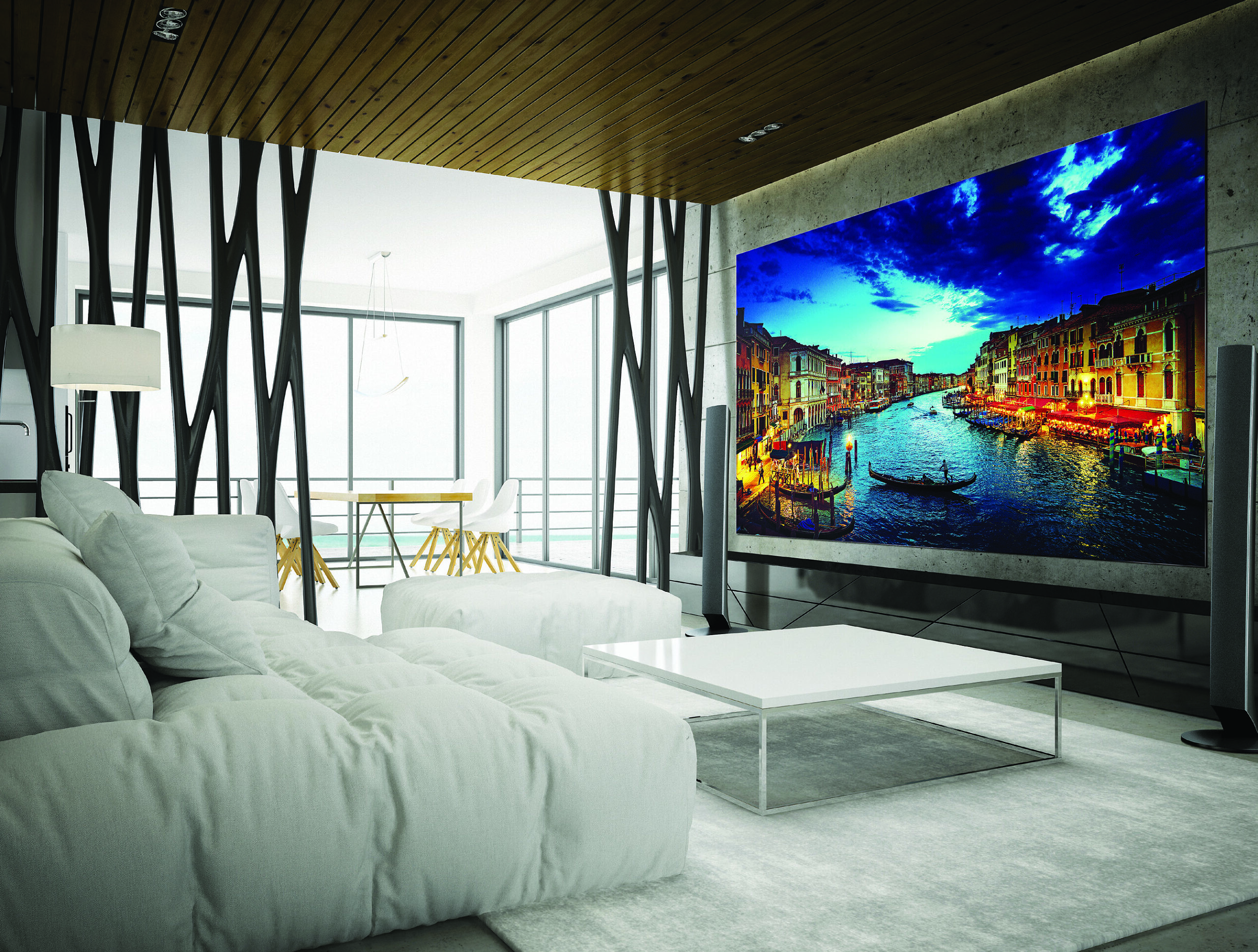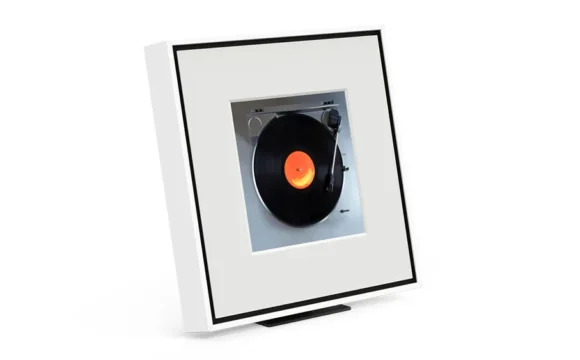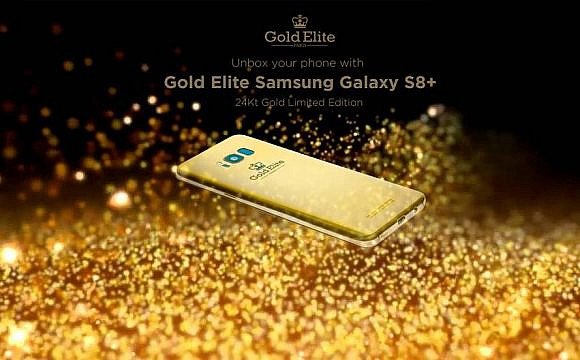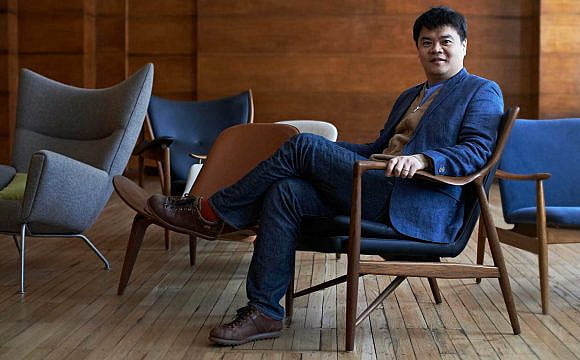เมื่อไหร่กันที่ทีวีหยุดเป็นทีวี? เพราะมันกับกลายมาเป็นกำแพงที่สร้างสรรค์โดย Samsung (samsung.com) ผู้เชี่ยวชาญด้านอิเล็กทรอนิกส์รายนี้ได้เปิดตัวเทคโนโลยีการแสดงผลและเดินหน้าตีตลาดเรือยอชท์
เครื่องโทรทัศน์ขนาด 146 นิ้วรุ่นใหม่นี้สร้างความฮือฮาให้กับผู้บริโภคในวงกว้าง และนำเสนอเทคโนโลยีใหม่ที่เรียกว่า micro-LED หรือคือเทคโนโลยีที่ทำให้ไดโอดแสง (LED) ขนาดเล็กเชื่อมต่อกัน เรียกว่าระยะ pixel pitch (ระยะห่างระหว่างศูนย์กลางของพิกเซลที่อยู่ติดกัน) ซึ่งเป็นตัวกำหนดความละเอียดของภาพ โดย The Wall มีระยะพิกเซลอยู่ที่ 0.84 มิลลิเมตร ในขณะที่หน้าจอส่วนใหญ่มักอยู่ในช่วง 1.5 ถึง 3.0 ผลลัพธ์ที่ได้คือภาพดิจิทัลที่แสดงออกมาได้เหมือนจริงมากที่สุดสำหรับทีวี ศิลปะ และประสบการณ์อินเตอร์แอคทีฟที่สามารถเปลี่ยนทั้งห้องได้
“นี่ไม่ได้เป็นเพียงหน้าจอสำหรับการดูทีวีอีกต่อไป แต่มันกลายเป็นประสบการณ์สร้างสรรค์ที่ทรงพลังให้กับสภาพแวดล้อม" Damon Crowhurst ผู้อำนวยการธุรกิจผลิตภัณฑ์แสดงผลของ Samsung ยุโรปกล่าว
The Wall ประกอบด้วยเทคโนโลยีไมโครไทล์ (หน้าจอที่ทำจากโมดูลซ้อนกัน 16 แผ่น) ซึ่งหมายความว่าทีวีเครื่องนี้สามารถปรับขนาดให้พอดีกับพื้นที่ใดก็ได้ แต่ละแผ่นสามารถถอดออกและเปลี่ยนได้ ทำให้การบำรุงรักษาเป็นเรื่องง่าย และมีอายุการใช้งานมากถึง 100,000 ชั่วโมง ดังนั้นแม้ว่าคุณจะเปิดทีวี 24 ชั่วโมงต่อวัน ทีวีเครื่องนี้ก็จะอยู่ได้มากกว่าหนึ่งทศวรรษ ลูกค้าสามารถสั่งซื้อ Wall เวอร์ชันหรูหรา ซึ่งได้รับการปรับปรุงให้เหมาะสมกับตลาดผู้บริโภคตามบ้านและซูเปอร์ยอทช์ โดยความแตกต่างที่สำคัญระหว่างสองรุ่นของ Pro และ Luxury คือจำนวนเฟรมต่อวินาที โดยรุ่น Pro จะมีการแสดงผลอยู่ที่ 60 fps และในรุ่น Luxury จะมีการแสดงผลสูงถึง 120 fps และในรุ่น Luxury เองนั้นก็มีขนาดจอที่บางกว่าเช่นกัน
ไม่น่าแปลกใจที่ศักยภาพในการสร้างสรรค์ในระดับนี้สามารถทำได้มากกว่าการดึงดูดความสนใจจากอุตสาหกรรมซูเปอร์ยอทช์
บทความโดย Julia Zaltzman
When does a TV stop being a TV? When it’s the Wall by Samsung (samsung.com). The electronics specialist recently showed off its display technologies to the yachting market.
The new 146-inch stunner invokes a term as yet unfamiliar to the broader TV-buying audience: micro-LED. It’s the closeness of the smaller light-emitting diodes (LEDs) to each other—called the pixel pitch (the distance between the centers of adjacent pixels)—that determines how good the resolution is. The Wall has a pixel pitch of 0.84 millimeter, whereas most screens range from 1.5 to 3.0. The result is otherworldly, a hyper-real digital surface for TV, art, and interactive experiences capable of changing an entire room.
“It’s no longer primarily a TV-viewing screen; it becomes an ambient creative experience," says Damon Crowhurst, European display business director at Samsung.
The Wall is composed of micro-tile technology (screens made of stacked modules that hold 16 tiles apiece), which means it can be scaled to fit any space. Each tile can be removed and replaced, making maintenance a breeze. And it has a 100,000-hour lifespan, so even if you used it 24 hours a day, it would last more than a decade. Customers can order the Luxury version of the Wall, which was optimized for the home-consumer and superyacht markets. The key difference between its two models, Pro and Luxury, is the number of frames per second: The Pro runs at 60 fps, and the Luxury option will hit 120. The Luxury model is also slimmer.
No surprise: The creative potential did more than pique interest within the superyacht industry.
The article by Julia Zaltzman








